Best practices for race bib tagging!
At FlashFrame we’ve developed advanced algorithms to handle race-photo tagging for you, but even the best algorithms fail under poor photo conditions. We’ve decided to make a blog post of best-photo practices to get almost-perfect tagging as part of a series on our software. Read on to find out how to set your photos up for better tagging as well as a few best practices we’ve found from our best selling images on FlashFrame. Make sure to follow up on the blog later this week to learn about our software from our lead developer, Griffin.
Athlete is in focus, illuminated, and in frame:
You professionals out there may think that this goes without saying, but you wouldn’t believe how many photos we have on FlashFrame that don't meet these basic requirements. Make sure that the athlete is in focus and has proper lighting. The bib number on the athlete will need to be in frame and have all digits fully visible. Often parts of bib will be obscured, unfortunately our algorithms are only learning and not predictive, so if a digit is obscured then we won't be able to tag it based on the parts we see. We've done our best to work around this by tagging all of the visible digits and allowing you to search for partial matches.
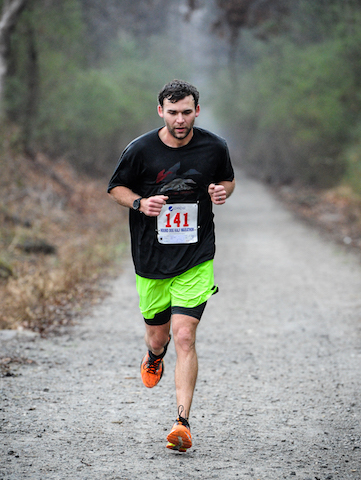
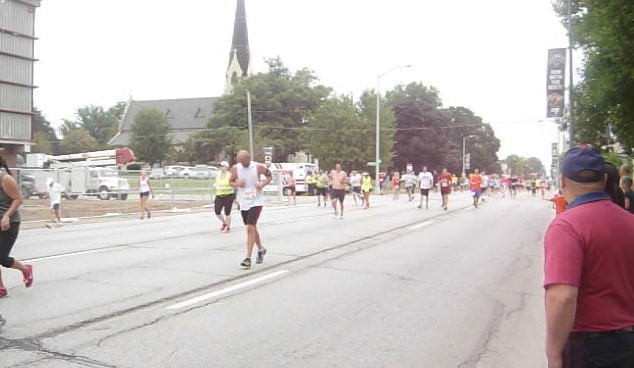
Bib Contrast:
Now that we've got an image with our athlete in frame, lets focus on the bib. While choice of bibs is a bit out of photographer control, it's good to know what you're working with and if race organizers ever ask you can provide feedback. Our algorithms have been trained on large bib datasets and automatically find numbers on all different kinds of bibs, but there are some factors that will lead to better tagging. The text on the bib must be readily distinguishable from the background. The best tagging occurs with a strong contrast between the number and the background. Light colors on a light background, or dark colors on a dark background may cause tagging to lose accuracy.
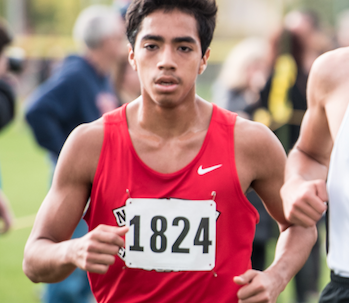
Tagging is most effective on bibs with standard fonts. Our algorithms can handle a decent amount of variation and work with both serif, and sans-serif fonts, but non-standard or confusing fonts are going to make tagging less accurate. Bibs with the number stacked vertically are a big red flag.
The smaller the number the harder it will be to read, anything that adds image noise around the digits is going to make accurate tagging more difficult as well. Perfect tagging occurs on large bib numbers on clean backgrounds.
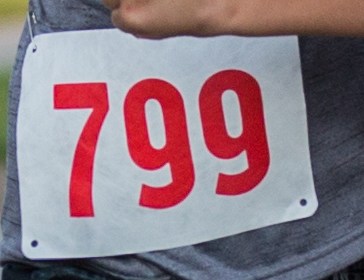
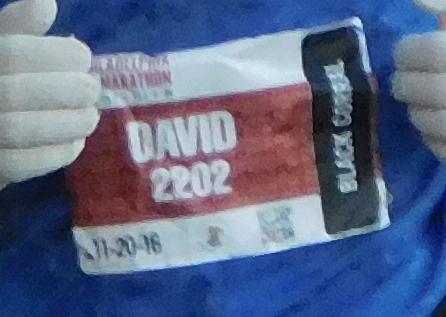
Location:
Positioning yourself for a good shot is also key. By shooting photos of runners from a vantage as close to head on as possible you can ensure that you get a good shoot and the bib is clearly visible for tagging. This also avoids the number trailing off or hidden past the silhouette of the runner. It also lowers the chance that a runner’s arm will obscure their bib. Shooting photos at at turns or slight curves will allow you to see the runners coming head on. Alternatively you can use a powerful zoom lens to capture runners further away down the path and reduce the angle you shoot them at.

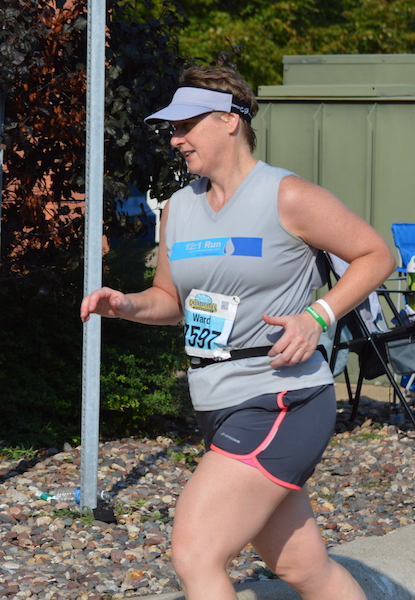
Secondary Options
Despite your best efforts to capture great images, some bibs are going to get covered, crinkled, or distorted during the race. Algorithms can only do so well and are useless when there’s no bib to read or the image is extremely distorted. We try our best to account for that with secondary search options. Our algorithms will pick up additional text in images. If an athlete has visible text on their shirt or hat or something similar, the algorithms may tag that text.
As a back-up, we also tag shirt-colors. The color is only tagged to a photo if we detect an athlete’s face to associate with the shirt. This means that only runners who are in frame, in focus, and properly lighted will tag a shirt color. All of the color tags fall within a range so that if a shirt is tagged you can pick the closest available color option and hopefully filter out photos to match it. Keep post-processing filters to a minimum to preserve the shirt colors as close to real life as possible for the participants to search.

The Best Photos:
The best selling photos on FlashFrame have similar characteristics.
They contain usually 1, no more than 5 in focus athletes. The best shots are usually of a single runner, or two runners racing. Pictures that have greater than 5 athletes in focus, especially if they're not in a pack together are rarely downloaded.
They have a shallow depth of field. Often in big races its hard to take a photo with only one athlete, this is where we see the shallow depth of field come into play. It allows the image to focus on a single runner and blur the background. It gives an impression of speed and turns the background into a a colorful abstraction as opposed to the grimaces of strangers.
They boast bright colors. The best photos highlight the bright colors of the athletes. Often walking a careful line of balancing the brights and the darks. A cloudy sky may seem like a day ruiner but overly sunny can have similar consequences, make sure to carefully adjust your white balance to the race conditions.
They follow standard rules of framing. The best photos of runners follow a couple rules for framing. Ensure that the runner occupies about 2/3 of the height of the image. Ensure that there is padding on all edges of the runner in the photo. If you shoot a full body image make sure include their entire body and try your best to time the photo so that they're in the air mid-step. Alternatively you can frame from the knees up, or the hip up. As you frame your shot higher make sure that the bib number is still visible.
Final Notes:
Lastly we should note that FlashFrame is built to make your life easier, not harder. When possible we recommend to photographers to upload all of the photos you have. Often race-photos are a game of odds and the more you have uploaded, even if they're not the best offer more options for participants. Since they're all tagged automatically there's no reason not to upload everything you've got.
After upload you can view the tags on your images and add, remove, or edit any. Some photos may have 20 tags, but as long as the correct bib is tagged on the image it's not worth your time to remove all of the other tags. Often a tag that you think is gibberish will lead to an athlete being able to search an obscure word on their shirt. If there's no shirt color tagged then we didn't identify a face in the image to associate with the shirt. While it may be in your best interest to quickly browse through the tags to check for accuracy, its not worth tagging every other photo. If the tags look really bad, there's always the option to send the photos to mechanical turk for and tagging, send us and email and we can let you know how we can make that happen for you.
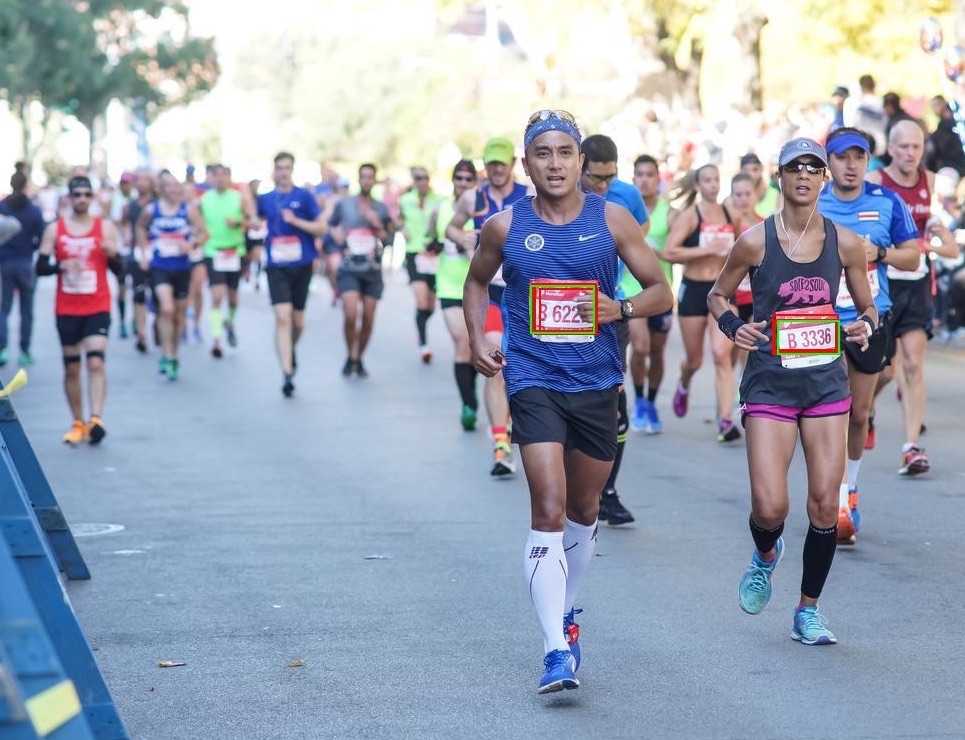
Happy Tagging,
The FlashFrame Team